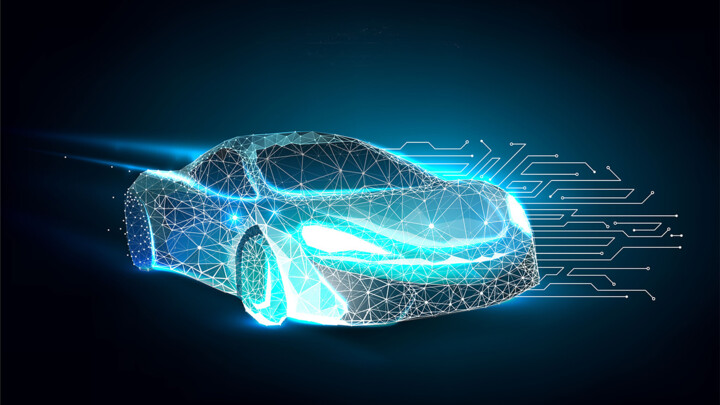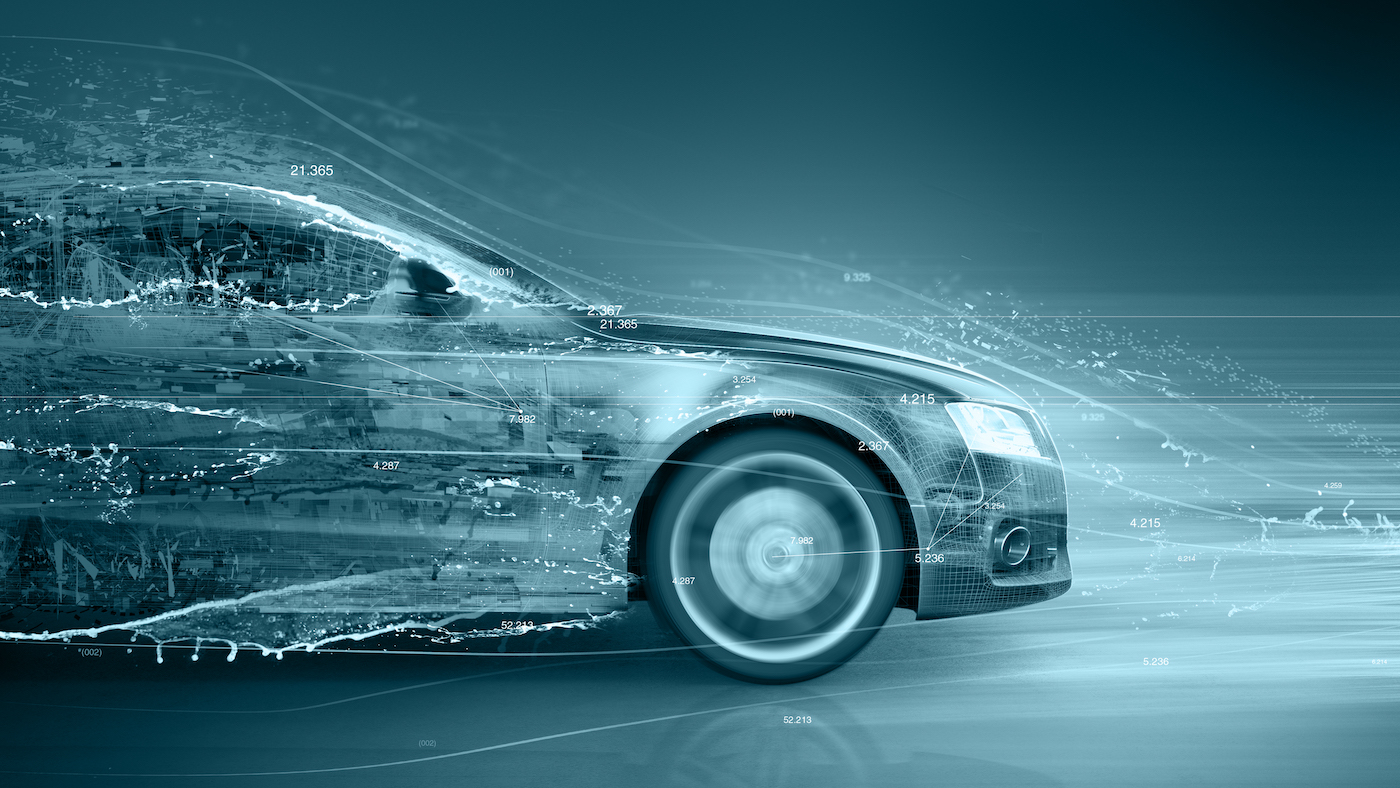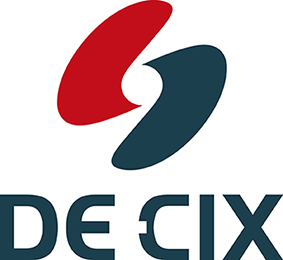How Connectivity is Redefining the Automotive Industry
Ivo Ivanov from DE-CIX looks at the software-defined vehicle and the data race between car makers and software giants.

© Nelli Velichko | istockphoto.com
As we enter the era of the software-defined vehicle, major car manufacturers are racing against tech giants like Amazon, Apple, Google and Microsoft to produce the operating systems for the car of the future. But going head-to-head with the competition may not be feasible in the short term. Carmakers are working on becoming the software specialists and data journey managers of their automotive and mobility products, but Big Tech has a head start in the field. As a result, currently, we are seeing a range of models based on partnerships and co-innovation emerging in the automotive industry. These offer an interim solution as the automotive industry realigns itself for the future.
With the advent of advanced driver-assistance systems, driver monitoring systems, infotainment, e-commerce, telemetry, fleet management, pay-per-use and shared mobility, pay-by-car parking, and digital key systems, no car manufacturer on the planet today can afford to be left behind in the digitalization of their products. Securing high-performance connectivity to and from the car will be key to further development as a car maker as systems evolve towards fully autonomous driving, data-driven services, and much greater personalization in the software-defined car.
Speeding toward the reality of ubiquitous driverless vehicles, the car is transforming into something new. No longer simply a means of getting from point A to point B, it is now becoming an office on wheels, a second living room full of entertainment possibilities, and a platform for highly intelligent digital mobility services. For car makers, it’s about differentiation in an extremely competitive market. The customer of the future will pay more attention to the digital performance of a car than to the engine performance. With the growing popularity of electronic vehicles (EVs), this is becoming even more the case.
Secure and high-performance connectivity – the foundation for the future car
Even today, a car is home to more than 100 million lines of code, and already produces more than a terabyte of data per day. The connected car contains thousands of sensors, not only perceiving the location, the physical environment outside of the car, the speed and safety of the vehicle, fuel consumption, and monitoring the many physical systems, but also knowing the identities and preferences of the various occupants and the commonly taken routes, and monitoring the behavior and physical condition of the driver.
As long as it can be handled with appropriate attention to data protection, privacy, and security, the data produced and analyzed by a car will form part of a market valued in the trillions of dollars. This data is already highly valuable for a variety of industry segments, ranging from fleet management to insurance companies, down the road to municipalities and emergency services, and on to payment services and fuel suppliers/power companies, as well as the hospitality and entertainment sectors. These stakeholders want to provide essential services and build data-driven business models based on real insights from the car and its occupants. For this, not only must the connectivity to each of these players – as well as to their cloud-based applications and data processing infrastructure – be secure, but it must also be of the highest resilience and the lowest latency, enabling low millisecond response times in a moving vehicle.
But the data is perhaps most sought-after by the carmaker itself, to transform and optimize the driving experience. The value of this data is what is driving car manufacturers to transform into software developers and platform providers – because whoever moderates the data journey of the connected car of the future will become the next massive tech player in the digital industry.
Controlling the data journey is possible on two different levels: the software level (by having control of the operating system) and via the connectivity infrastructure. Any company that can fulfill both of these criteria will dramatically increase the controllability of the data journey. Creating digital assets linked to the physical product that a company sells by controlling the data journey will be a key methodology for increasing the value of a company in the digital economy. Creating innovation in car data services and mobility services is not possible without control of the data flows into and out of the car, knowing where the traffic comes from and goes to, and controlling the security and performance of the data flows.
The software-defined vehicle (SWdV)
Enter the software-defined vehicle (SWdV), with the capacity to remotely implement new services, optimize consumption, extend the useful life of the vehicle, and monetize personalization options on the basis of software updates. The software-defined vehicle can only be realized with the right kind of connectivity.
Alongside other wireless communication protocols, the gapless rollout of 5G mobile technology and LEO satellite connectivity services will be essential to this development. However, this is only the surface of the deep connectivity infrastructure necessary for the car of the future. The wireless networks that connect to the car also need to be properly connected to digital resources at the other end – such as to the carmaker’s systems for the analysis of engine performance and the safety of the car, to tools, and to traffic monitoring and management systems.
This also includes the connections to a multitude of clouds for a variety of functions (from cloud-based workloads and big data analysis, to the storing of individual preferences, to the provision of the infotainment system, and on to the rollout of critical software updates), but also to systems offering real-time data (e.g., on available charging stations for EVs and the best route to reach them, traffic management, smart parking solutions, and integration into smart mobility services). All of these services will be housed in data centers of varying sizes and locations, some small edge data centers close to the location of the vehicle (for real-time applications), others more distant and serving larger regions (for less time-sensitive use-cases). And all of these need to be intelligently interconnected with the 5G, LEO, and other wireless networks in such a way that the various stakeholders can access and deliver the data relevant for their services, all the time ensuring the privacy and security of critical and personal data.
Market dominance or partnership model?
The automotive industry is in a state of innovation-led upheaval. We see automotive manufacturers racing down the path towards becoming software developers – like Mercedes’ or Volvo’s decision to create their own operating systems – and software developers, like Apple moving into the automotive market. From both sides, there is a trend towards trying to attain greater ownership of the entire ecosystem. This will continue to be a very sensitive area of potential collaboration and/or leadership. We’ll see examples where players create a dominating position by owning both the software and the hardware, thus creating the entire ecosystem (similar to the success Apple achieved through developing the iOS and offering applications through the App Store, and at the same time providing the devices to use this software on). Equally, some car manufacturers will simply build the physical platform for well-established software and application providers like Amazon and Blackberry, and chip makers like Nvidia and Qualcomm. We will see collaboration projects involving major players from the hardware and software worlds working together, such as the partnership between Volvo and Google, and auto makers like Porsche opening up access to features and systems to third-party developers through Application Programming Interfaces (APIs).
But regardless of their long-term positioning within the automotive market, there is a very basic piece of the puzzle for all of these players: The best software will not help the data performance and the level of security in a software-defined car if the interconnection infrastructure behind it is not up to the task. Interconnection infrastructure remains the foundation for digital performance. If the latency is too high, if the connection is unstable, if the connection is not secure, then the best software cannot help. Every single millisecond counts in getting the best performance out of cloud-based or remotely hosted applications. This is valid for the connected cars of today and will be even more so for the driverless cars of the future.
Getting into the driving seat with interconnection infrastructure
The first automotive manufacturers have already understood the importance of networked connectivity and have taken the initiative to connect to interconnection platforms not only for a more resilient Internet connection generally (using direct interconnection, or “peering” services), but also for their cloud connectivity needs (using Cloud Exchanges and Cloud Routers), and as a way to connect intelligently with partners and applications, through creating their own private interconnection environment (using Closed User Groups).
It will be necessary for all car makers to get involved in the digital infrastructure that supports their digital cars, to be able to control their connectivity, and to define their interconnection approaches for evolving business models and services. The four crucial components for becoming an integral stakeholder in this trillion-dollar business are the performance, security, flexibility, and compliance of data flows to and from the car.
To remain in the driving seat of the connected car, car manufacturers must transform their own operations, and get hands-on with their connectivity infrastructure.
With advances in the automation of interconnection and the development of associated APIs, this is now easier than it has ever been. It is the task of the automotive platform operator – be it the carmaker or the developer of the operating system – to ensure that all car-related data transfers are executed in the most secure, reliable, and high-performance way possible. Here, they need to involve one further partner: an interconnection platform operator as an aggregation layer, to bring the stakeholders together, to route the data flows securely, and to improve the resilience and performance of the connectivity to and from the connected car.
Ivo Ivanov is Chief Executive Officer of DE-CIX International, responsible for the global business activities of the leading Internet Exchange operator in the world. He has more than 20 years of experience in the regulatory, legal and commercial Internet environment.
Ranked as one of the top 100 most influential professionals of the Telecom industry (Capacity Magazine’s Power 100 listing, 2021/2022), Ivo is regularly invited to share his vision and thought leadership in various industry-leading conferences around the globe.





